Misleading Food Labels and The Food Industry
Food Labels
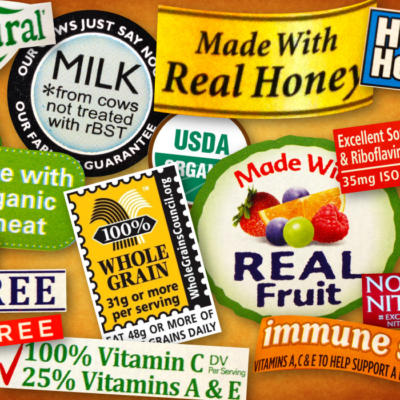
They often look like the latest literary genre. I get into occasional tiffs about my undisguised contempt of many food labels put out daily by the food industry. The gist of the blame aimed at me by a few readers is: if I really cared, I would be really grateful about manufacturers being kind enough to warn us via food labels, for our sake and the sake of our beloved children; warn us about what products contains allergens, especially the life-threatening ones. Isn’t this the best proof that they have our nutrition and safety foremost in mind?
No it is not.
Quite the contrary. It is perplexing. Bewildering. Not to mention most often illegible.
Allow me to explain. And here I wouldn’t presume to build a case against manufacturers, food labels and whatnot. I am only presuming to take some examples that will illustrate how the interests of the manufacturers often are at variance with the public’s. Which begs the question:
The Food Industry: Friend or Foe?
Author M. F. K. Fisher wrote the following about commercial bread, circa 1942: “We continue everywhere to buy the packaged monstrosities that lie, all sliced and tasteless, on the bread counters of the nation, and spend money and more money on pills containing the vitamins that have been removed at great cost from the wheat.”
Seventy years later, we only get more of the same, only in more sophisticated packages. Take a look at the expensive “energy” drinks and vitamin waters invading the supermarket and health food store shelves—energy we could all be getting in endless supply and for free just by eating whole foods and nothing more.
Deconstructing Food Processing:
Practically speaking, it means we spent money to alter the natural state of a perfectly good food product, then spent some more money to mitigate the alteration of the food product, then charged the public for both alterations. Make that three alterations. And then, try to explain it all on our food labels.
1 – Removing an element from a food product. (example: removing the bran from wheat flour). At a price.
2 – Replacing what was removed. At a price. (the missing item, like the just-removed bran, turns up in a cereal box; or a bottle of water, or in a container of vitamins). At a price.
3 – I know this may sound diabolical: The repurposed food product, often rendered worthless by all the successive tempering steps taken with it, is at this point marketed and sold as a fantastic food that we worked very hard to make more nutritious and more beneficial than the one we started with. At a price.
Egregious example of ridiculous food labels: many cereal boxes.

Some cereal boxes boast 29 vitamins added, but the small print reveals 29 grams of sugar, sometimes more. Manufacturers’ reasoning, such as it is, boils down to: if you add lots of sugar to cereal, children will actually eat their cereal. Likewise, they argue that if you add a lot of chocolate and sugar to milk, children will drink their milk.
So, with some kindergarten level math, we can conclude that the reason most of our processed foods are so expensive even as they are worthless is, quite simply, because they went though so many makeovers. Hence the glut of “information” on food labels. And why did they go through so many makeovers to begin with? The reason is very simple: It’s good for business, and no so good for us. There is no bandwagon food merchants will not jump on to make a buck
Every diet fad is exploited to the hilt
It looks like we don’t rate unless we are card-carrying members of the diet du jour. To name just a few diets: Low carb, paleo, low fat, crash, detox, raw, vegetarian, Atkins, South Beach, locavore, pescatarian, ovo lacto, gluten-free, vegan, Optavia. Many of them just ran their course without having done a single good thing for the dieter (to wit: the low-fat decade, with low-fat proclamations and exhortations on their food labels, is the decade when food tasted its nastiest and when people gained the most weight).
Ah, but the gluten-free era dies hard.
If guacamole is made of avocado, spices and seasonings, and nothing more, it should be inherently gluten-free. Why is it not, and why is it “necessary” to specify? Just as surely as less is more, too much information doesn’t clarify anything, in fact it causes confusion. More to the point, it causes us to tune out and stop paying attention, which in my opinion is of course the ultimate goal. Rest assured the manufacturers are perfectly aware that in a world where being even a click away can mean still being too far, reading food labels that look like a business contract or a dissertation is simply out of the question.
Allergies are no joke!
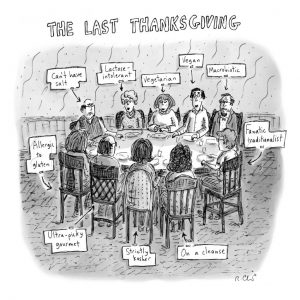
As a sad sign of the times, many people have genuine life-and-death allergy issues. I know this only too well, and write regularly about this scourge: some of my nearest and dearest unfortunately have a life-long challenge with several allergies. But many people embrace some restrictions without the faintest idea why, mostly because they perceive them as the cool thing du jour, and often switch them without warning to make them fit into the more-recent-model cool thing du jour. This is how we occasionally come to eat a spartan vegan raw soaked sprouted gluten-free meal with the very friend who chomped with gusto on a steak dinner with fried onion rings on our last date just the other day.
The Gluten-Free Movement is sweeping the country
The nefarious PR machine of formidable Food Industry Giants – the very same companies who use high fructose corn syrup, potato starch, soy protein isolates etc… with great abandon, even as they profess to have our nutrition and good health foremost in mind – marches on unrelentingly. It looks as if it will stop only on the day when they will put the whole nation on a gluten-free diet. (Is gluten-free a scam? Read this!)
Why?
It is absolutely true and deplorable that Americans eat inordinate amounts of gluten in their diet, more gluten still if they consume many commercial products (many brands of breads are made with added gluten to make the loaves, and us, grow and grow).
I can’t imagine eliminating gluten and hounding it like the devil as the solution: celiac people end up with the mediocre and unhealthy offerings they find on the shelves, and non-celiac unnecessarily make their life harder and renounce some serious good times.
Yes, it is crucial to let consumers know what products may contain traces of gluten. But I have a better question: why put traces of gluten in products in the first place?Incidentally, I have a major – and very inconvenient – question:
Why are all allergies more prevalent in the US than anywhere in the world?
For very good reason: Beside the excess processing the US Food Industry subjects our food to, there is the very real – and entirely avoidable – problem of cross contamination. Sharing my suggestions to manufacturers and the public. We don’t need a gluten-contaminated batch of oats and a gluten-free batch of oats. We just need… one batch of oats, gluten-free, yes, since it is its original state, and everyone, celiac or not, can securely enjoy it. I hope you don’t find me too presumptuous, but I firmly believe it would simplify everyone’s life immensely; more to the point, if the public made these demands perfectly clear to the food industry, manufacturers would have no choice but to comply. Not only that, it would finally emerge as an Institution that genuinely cares about its customers, just as it should be, and that accommodates them at no extra cost to either of them.
Just some items on my wish list to Food Manufacturers
– In and of themselves, oats are gluten-free. Processing them in a cross contaminated machinery is counter-intuitive, ad causes nothing but confusion in the consumer’s mind. Please process oats for oat flour and all cuts and calibrations of oats only in machinery that does NOT process wheat, so it is ALWAYS gluten-free. (as opposed to a gluten batch and a gluten-free batch: I beg you, who needs it?)
– Please make soy sauce without wheat. Simple as that. Always. Dressings, marinades, condiments. Ditto. (The only condiment that might find it indispensible to use flour in its formulation is mustard, and even then, it can be a gluten-free flour)
– Please make absolutely everything that never needed gluten in the first place in gluten-free machinery. Don’t make a batch of guac whose label says “made in a plant with shared equipment”, then make another batch that trumpets Gluten-Free. Rather, make it in non-shared equipment so we don’t rack our brains avoiding guac that may have been processed in shared machinery, and look for guac that was made in exclusively GF machinery.
– Please process all cheeses, yogurt, nuts and nut butters, popcorn, rice cakes, beans, frozen vegetables and fruits, all naturally gluten-free grains, jams, dressings and condiments, juices, fish, poultry, meat and all other naturally gluten-free products only in machinery not processing gluten.
We will be left with food products that always come with gluten: Crackers, beer, some candy and bars, cereal, cookies, pasta, cakes etc….
Did you find ways to make these items in a gluten-free version? That’s splendid! Bring them on down, and display your gluten-free signs prominently. They, and only they, need the gluten-free signs, and need them badly.
On average, one in 133 consumers suffers from celiac. The remaining 132 do not, but would be very inspired to curtail (curtail, not eliminate) their gluten consumption.
Hey how about LOW Gluten? SPELT!
Example of perfect low gluten grain: Spelt.
- Low Gluten
- High Fiber
- High Protein
- Superior Flavor
Misleading Food Labels

Why write “No Cholesterol” on a box of raisins? Or “May contain nuts” on a bag of almonds? or “Certified Gluten-Free” on a jar of honey? etc… Unless you just crawled out of a rock, you know almonds may contain nuts because they ARE nuts, and raisins don’t have cholesterol in them, how could they, unless you inject them with some debris of your lunch cheese omelette or pastrami?
There’s a joke about a label that said on a bulletproof jacket “Guaranteed or your money back”, except it was not a joke. Same goes for some anti-depressants that urge you to contact your doctor immediately if you develop suicidal thoughts; that is, assuming you haven’t done yourself in just yet.
Wearing your philosophy on your sleeve
That is another scourge of the food label industry: Made in Taiwan flies in the face of Fair Trade; no cruelty to animals; organic; artisanal etc… I always wonder why hand-rolled chocolates are so expensive, and why they were hand rolled in the first place. If machine-rolled chocolates used the exact same ingredients as hand rolled and come at a much lower price, please pass them on, even if they don’t sound as idyllic and romantic.
Read the ingredients on this Greek Yogurt Craisin snack: Greek yogurt coating [sugar, palm kernel oil, nonfat milk powder, greek yogurt powder (nonfat milk solids, culture, lactic acid, natural flavor), lactic acid, soy lecithin (an emulsifier), natural flavor], sweetened dried cranberries (cranberries, sugar), coating (gum acacia, maltodextrin, and sugar), confectioner’s glaze.
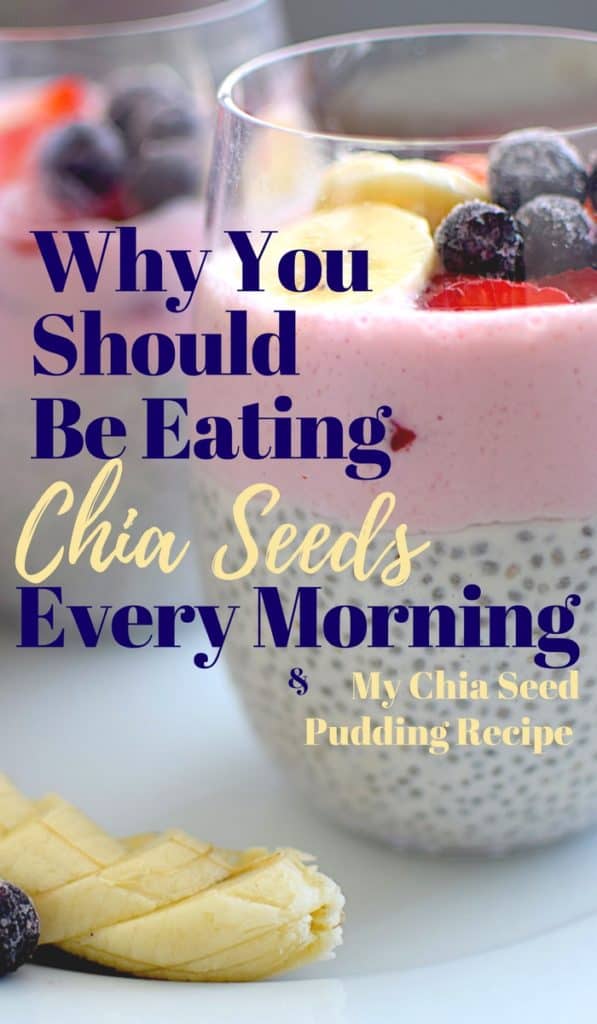
Eat Chia, some billboards exhort. I shudder at the thought I might find chia in my shampoo soon, since all chia food options seem to have been explored and exhausted. If I see chia anywhere on a label again, I will scream! And yes, I love chia and use it all the time. What I don’t like is, food industry bullying.
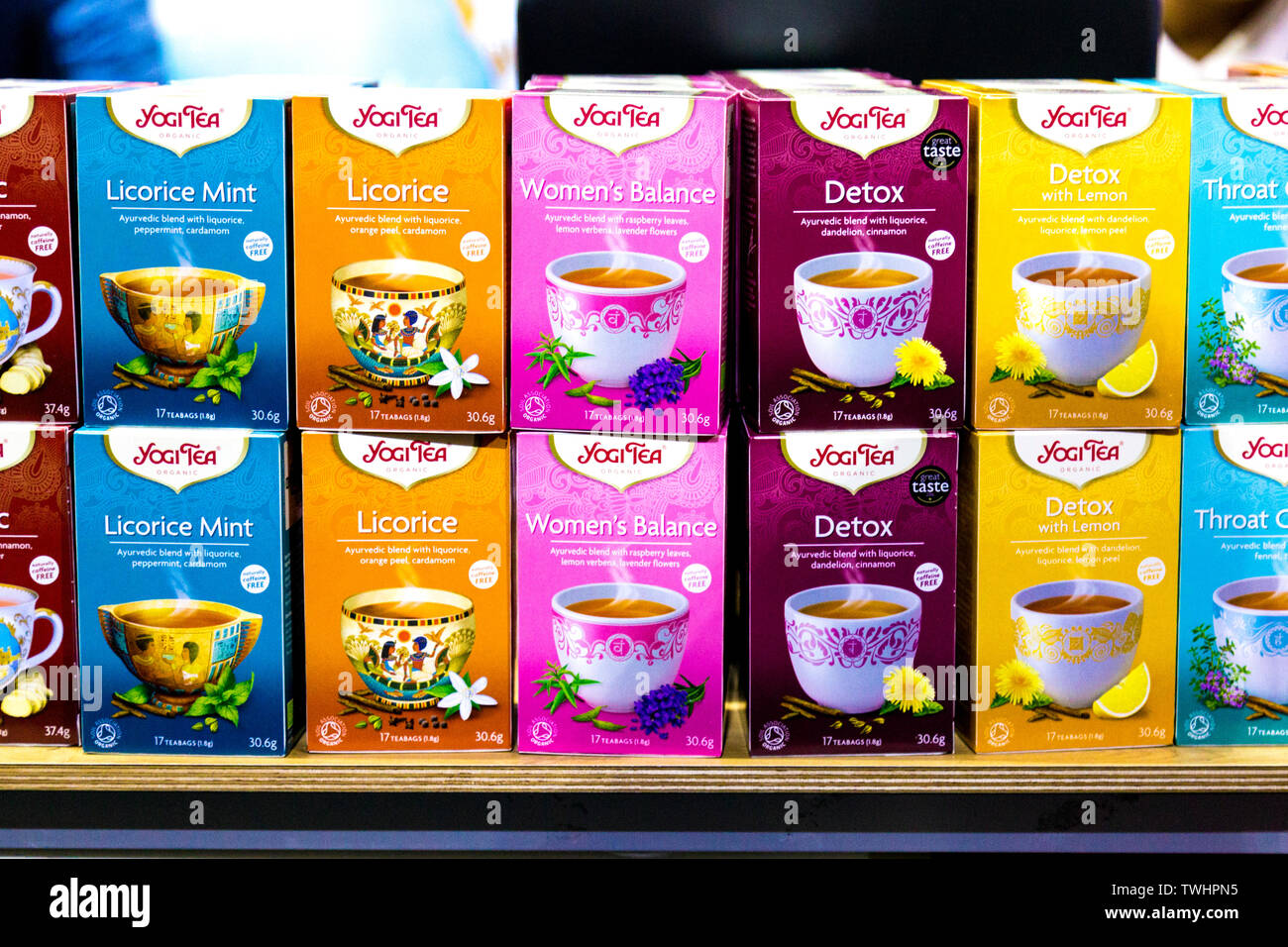
How about teas? Please don’t get me started! Libido enhancers, serenity formula, extra happiness supplements, stress relievers, mood brighteners, you name it. There’s nothing you can’t buy in a tea bag or a capsule that wears its whole philosophy on its sleeve.
Labels that boast what the product does not contain:
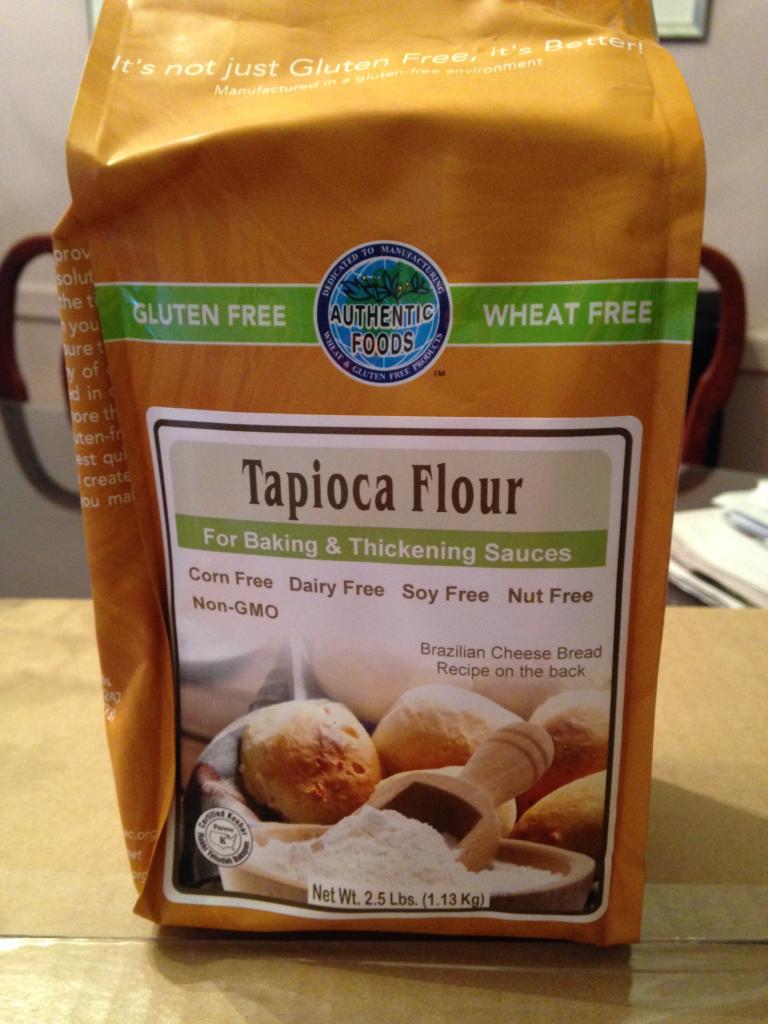
These are among the most infuriating: The product on the left is 100% Tapioca flour, and therefore there is absolutely no room for anything else in the ingredient list, there’s no way it could contain anything else than tapioca flour. Yet it lists five claims!
My son Yakov recently remarked with a chuckle, while opening a bottle of seltzer: Wow, Mommy, look what happened to seltzer! it used to be just seltzer, and cost pennies. Now it is a highly sophisticated expensive yuppie drink that is gluten-free, sugar-free, nut-free, low sodium, No MSG, calorie-free.
Labels that come up with romantic and intriguing names for very ordinary ingredients. Example: sugar was always cane sugar (coconut sugar, date sugar, maple sugar, beet sugar etc… are altogether separate sweeteners, found in very small groups of foods, and are obviously not cane sugar), what else could it possibly be? But since it is now listed as cane sugar, the public perceives it as a much more noble product than the prosaic – and absolutely identical – sugar!
Simple Shopping Tools
I could go on for miles, but I trust you are getting a real idea what I am talking about! We have gotten very deep into the processed foods world, and there seems to be no escape in sight. But here are a few modest but powerful tools to combat the processed food plague:
- We must buy most of our food unprocessed (as in, fresh, you know! A blast from the past….) or minimally processed (as in, quick-frozen or flash-frozen fruits and vegetables).
- The food labels should list a short and sweet ingredient list on the product, legible and straightforward.
- Get in charge of our own food and nutrition, that is the most empowering part.
- Always assume, across the board, that processed meals will never ever be as good or as good for you as meals made from scratch.
- Most importantly, consider what food manufacturers never tell you on their food labels or anywhere for that matter: Making your own meals, from fresh ingredients, the simple and wholesome way, is infinitely easier, more economical and more delicious than they are working so hard at making you believe.

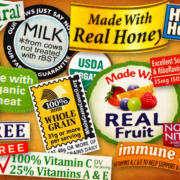
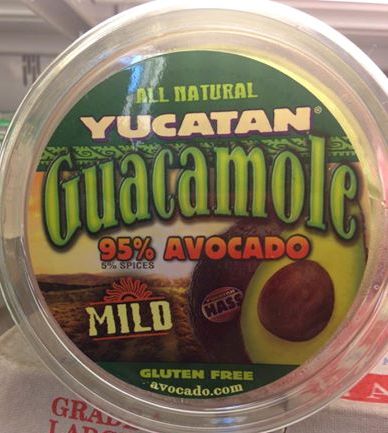
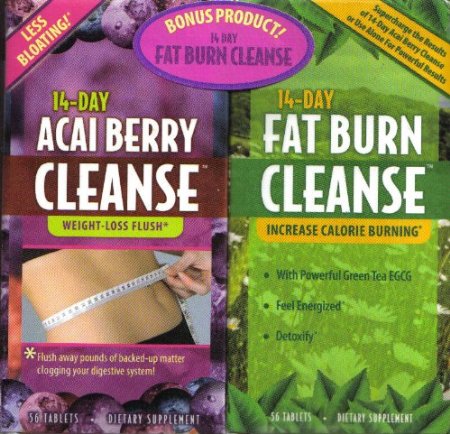
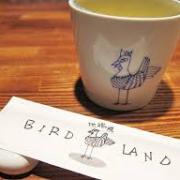
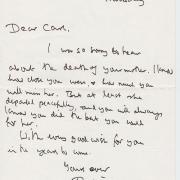

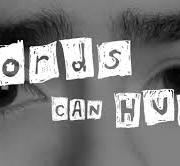






Indeed the supermarkets are full of BS! Thank you sharing your indepth knowledge in this article, will be sure to share it!